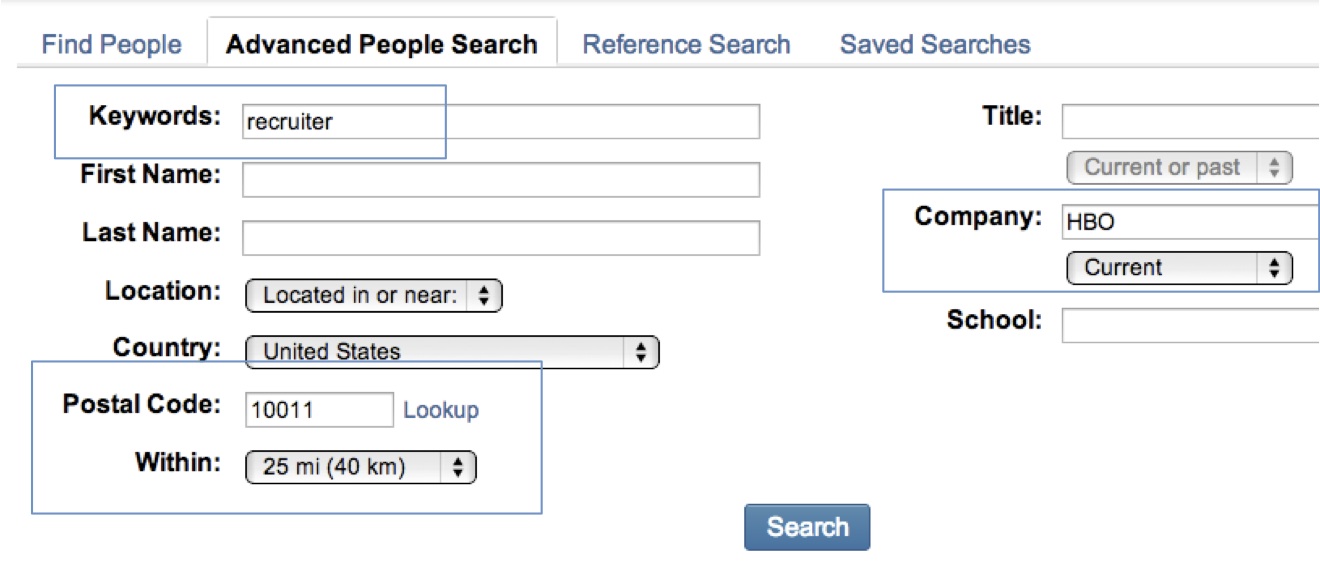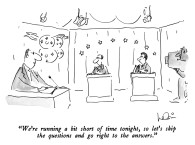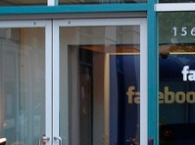We all know that your network can help you get a job. Getting referred to a company (if you have the right background for the job) has an incredibly high success rate. It will not only get your resume seen, but it can also help you land an interview. However, often times you won’t have contacts at your dream company so this post is all about how to use LinkedIn search to find valuable contacts who can help you in your job search – and some tricks to reach out directly.
Keep in mind, this is more of a “tutorial” post. It may not be mind-blowing information, but hopefully it will help you be a better LinkedIn researcher so you can dig up some helpful contacts.
Here’s an example of when these tactics might come into play:
You find a great Marketing Assistant role posted at HBO and you are absolutely dying to interview for it. You’ve applied online but after a week or so, you haven’t heard back. You’re not sure if someone has looked at your resume or not. Your past experience in the entertainment industry makes you a greta candidate for this role and you meet the qualifications laid out in the job description. Unfortunately, you dont have any contacts at HBO to reach out to.
Here’s how to use the advanced search function on LinkedIn to find contacts
The advanced search function is a great one if you are looking for a specific type of contact at a specific company. In the example above, it probably would be beneficial to find someone on the recruiting team at HBO to ask them where you stand in the process.

Once you go to the “advanced people search” (found in the top right corner of your LinkedIn home page) there are a few important search fields to pay attention to.
- Company – This is where you will insert the company name. If the company is owned by a parent company (i.e. Conde Nast owns Vogue) you may need to try entering both to see what yields the right results. Also keep in mind you want to find contacts who are currently at the company so select “current”.
- Postal code/location – Companies can have many offices but the contacts you most likely want to find are the ones who are located in the office you’re applying to
- Keywords – It’s really hard to guess titles since every company uses different job titles. That’s why I recommend using the keywords field to enter job titles or department names. You are more likely to get a broader range of results that may be useful to you. Since we’re looking for someone in recruiting, I’ve used a keyword of “recruiter” in the example above. Keep in mind, you may want to re-run the search a few times with different keywords to see how the results change.
Once you’ve entered information in these 3 fields, you are ready to search. This particular search did yield me the names of quite a few recruiting professionals at HBO. So which one is handling the recruiting process for the Marketing Assistant? There’s usually no way of knowing that…
What I will say, is that in general recruiting teams at larger organizations are very connected to each other and know who is working on which jobs. That means if you do reach out to one recruiter, but they’re not the right recruiter, they will probably know exactly who to pass your information along to… which still can make an impact.
So once I find the contacts, how should I reach out?
There are two main ways I suggest reaching out once you’ve found the contacts using advanced search:
- Emailing them directly – Use the person’s name and the email “naming convention” of the company to find out the person’s email. Then send them a note introducing yourself, expressing interest in the role you applied for, and attaching your key documents. Read this post first about the etiquette of reaching out directly.
- Message them on LinkedIn – If you can’t figure out what the person’s email is you also have the option of sending them a message through LinkedIn which will probably end up in their inbox anyway. If you take this route, definitely make sure your LinkedIn profile is in great shape (and doesn’t contain any common mistakes) because that is the first thing they are going to click on once they read your note. If you are connected to the contact or in a common group with them on LinkedIn, you will be able to message them for free. If not, you may need to purchase an “inmail” which is a pretty worthwhile expense. If your contact doesn’t reply to you, you will get to use that inmail again for another contact.
Important note: While I think people are very open to receiving a random but polite email, not all recruiters accept contact requests from random candidates. Many people only accept connections from people they actually know. For this reason, I don’t think you should try to “connect” with someone in order to send them an inmail for free (though that is a workaround). Try joining some of the groups they are in as an alternative.
What can I expect in terms of a response?
Well, this is a bit of a mixed bag but you can expect a few things to happen:
- The person will likely open your resume or view your profile to learn more about you and assess if you are a good fit for the job/company at first glance
- You may or may not hear back – Sometimes you’ll hear back, sometimes you won’t. For a random email, you can hope for the best but know that some recruiters may get hundreds of these types of outreach each day and may not get back to you.
- In this best case scenario your new contact will either want to chat more with you or pass your info along to someone else (this is what you want!)
What do I do next?
If you don’t hear back from your new contact, you may want to try reaching out to someone else. However, don’t go crazy. After 2-3 attempts at outreach, it’s probably time to take a pause. You don’t want to seem desperate or annoying. A well-crafted, polite email or message is completely fine, but sending the same note to everyone in the office could reflect poorly.
Now that you armed with all the tactics of using advanced search, give it a try! Take one job you’ve applied to in the past few weeks that you know you’re qualified for (but haven’t heard back from) and send a message or email to a recruiting contact from Linkedin. I’d love to hear about your results!





